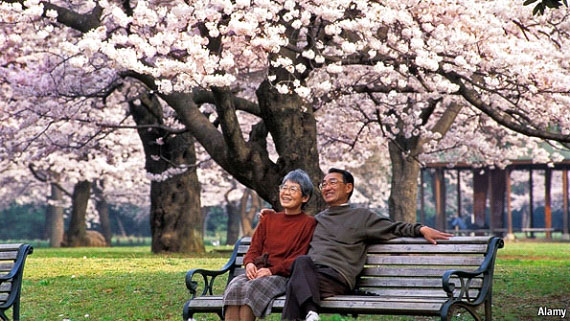發(fā)布時間: 2016年08月23日


熱門推薦:
考研網(wǎng)校哪個好
新東方考研培訓(xùn)班
考研培訓(xùn)班
考研培訓(xùn)機(jī)構(gòu)哪個好
考研英語網(wǎng)絡(luò)課程
文都考研網(wǎng)校
北京考研培訓(xùn)班
上一篇: 考研閱讀精選:舞蹈的巨人--中美在東南亞
下一篇: 考研閱讀精選:父母的愛與孩子的成長
開通網(wǎng)校試學(xué)賬號
姓名:
手機(jī)號:
(*注意:請留意短信通知)